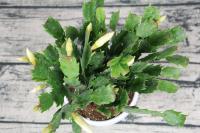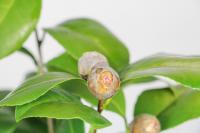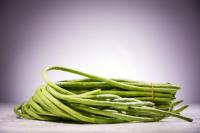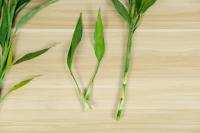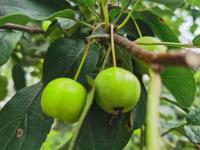1、 Powdery mildew
1. Symptoms
The leaves will grow white mildew, and the large diseased leaves will eventually turn brown; After the young leaves are infected, the leaves will turn purplish red and finally covered with a layer of white powder. In serious cases, the leaves will gradually wither
2. Cause
Because the pathogen overwinters in the plant, the period of onset will come when the temperature rises to more than 20 degrees. Therefore, the peak period of onset is from April to May and from September to October, that is to say, the disease of rose is closely related to the temperature
3. How to prevent
We should choose the varieties of rose with large bracts resistant to powdery mildew for planting. At the same time, we should prune them in winter, remove the diseased branches in time, and put an end to the disease of rose from the source
4. Precautions
The application of nitrogen fertilizer and ventilation should be appropriate, and the diseases should be reduced. When using drugs, pay attention to the safe interval of use, and do not add or shorten the interval arbitrarily

2、 Pest
1. Scarab
People who have raised this plant should have seen beetles on the leaves. People who plant it all year round may say that this is a healthy performance, which means that the plant has not been sprayed with medicine, but we should know that if the plant has a beetle, it doesn't matter. But too many pests are disasters. Beetles like to eat the roots and leaves of roses. It will seriously affect the yield and quality of flowers
Control method: light and willow can be used to attract beetles, so as to reduce their number

2. Thorn moth
When the plant is older, it will attract the thorn moth to a great extent. Generally, the pest damage time of rose is mainly concentrated in the hot summer, and the most serious period is the late summer. The high temperature has a positive effect on the development of the thorn moth. The thorn moth will eat the leaves, and the tools for plant photosynthesis, growth and development are not available, let alone grow. If the leaves get sick during this period, the potted flower may lose too much and die unfortunately
Prevention and control method: check whether there are insect eggs in winter, and clear the eggs in time

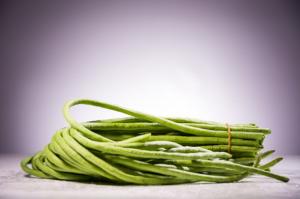 How does okra leaf h...
How does okra leaf h...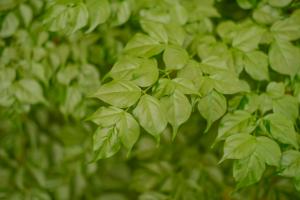 How to treat happy l...
How to treat happy l...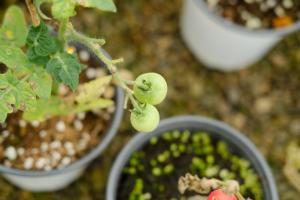 How is tomato Fusari...
How is tomato Fusari... How is Strawberry Po...
How is Strawberry Po... How does Calla becom...
How does Calla becom... How to roll the leav...
How to roll the leav... Pest control of Phyl...
Pest control of Phyl...



























